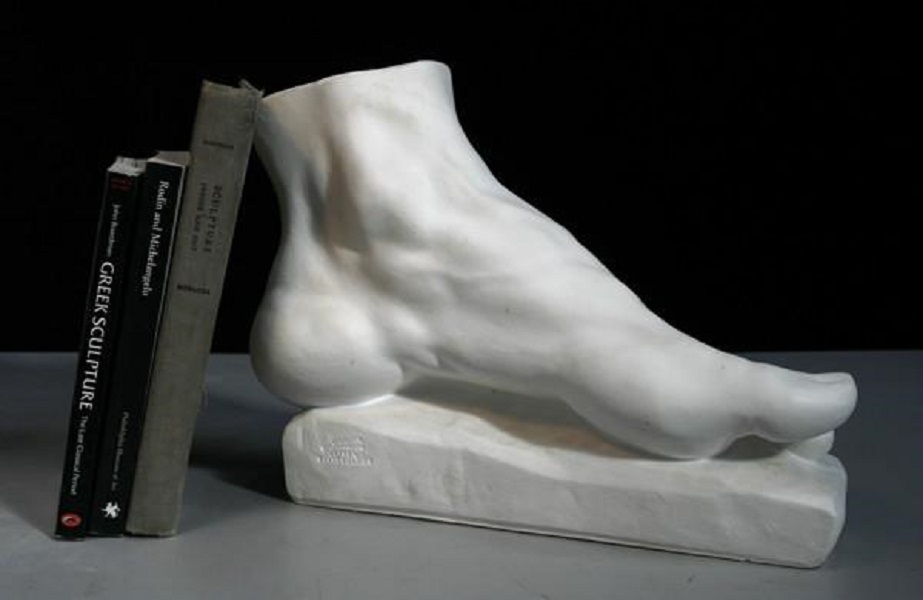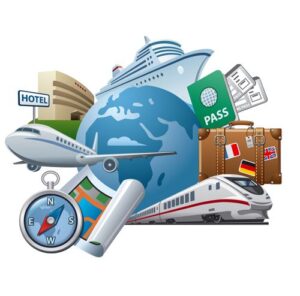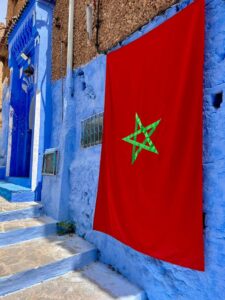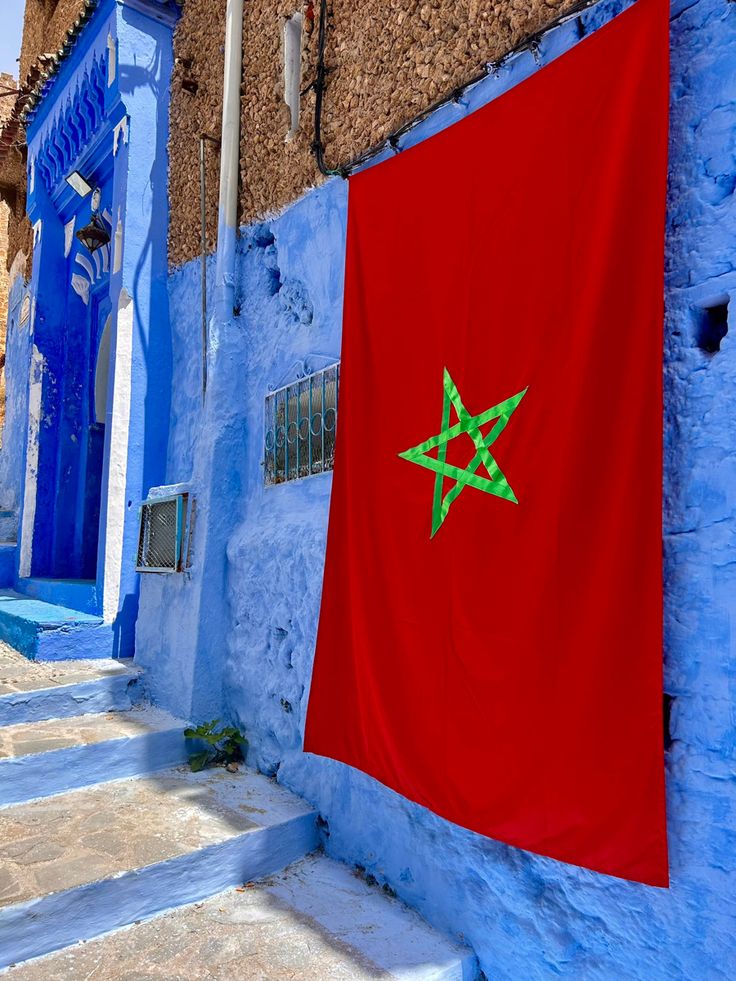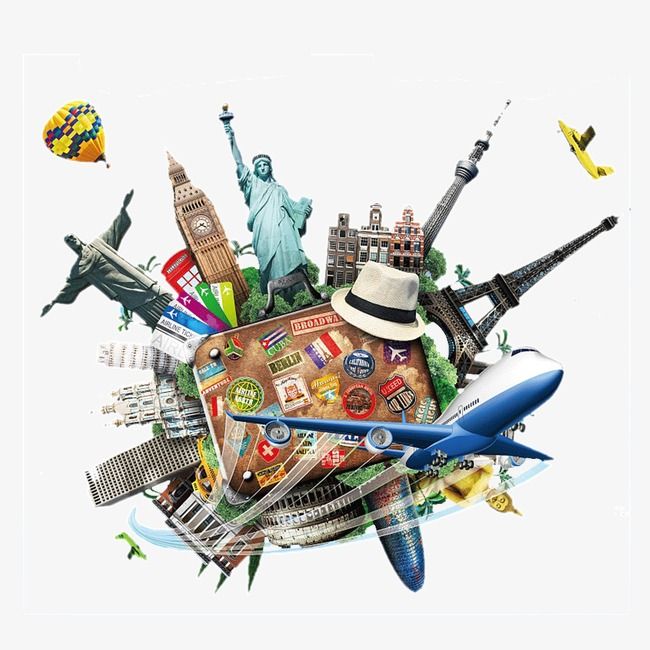The year began with positive news for the African continent, despite the devastating economic consequences of the COVID-19 pandemic. On 1 January, the continent had grounds for celebration when the continental free trade agreement came into force. Whether by chance or not, it was the same day that Europe lamented the UK’s exit from the common market.
AfCFTA aims to establish the largest trade-free area in the world, with a market of more than 1.2 billion people and a GDP of $1.4 trillion. With the exception of Eritrea, this treaty was approved by the continent’s 54 countries and ratified by all nations and economic groups including ECOWAS “Economic Community of West African States”, the EAC “East African Community.” The headquarters of this new common market is in Accra, Ghana, and its Secretary-General is Wamkele Mene of South Africa.
There is still progress to be made on this new treaty. Economic integration has to adapt to differences between countries and sometimes within the same country. Eliminating tariffs for domestic trade (90%) is very significant, but the banners, laws and quotas of each country remain to be clarified. Transport also remains a major challenge as 80% of trade in Africa is via roads. Morocco and South Africa have world-class land and port infrastructure, but the rest of the continent has a long way to go.
The internal joy of the treaty contrasts with European disinterest in this new market. Yet the international cooperation the trade agreement will entail could be of great use to Europe, which could become an essential partner to a burgeoning African market. To achieve this, Europe has to open up to African products; a crucial step to balance Chinese influence in Africa. The African continent needs the know-how of the European Union to accompany it on this new adventure. Guinea’s Mandinga people have a proverb that says, “The footprints of people who walked together are never erased.”
The continental free trade area has concluded its first month of operations and is considered by experts to be the largest contiguous free trade area in the world. This nascent and powerful area will be closely monitored for its scope, size and its potential impacts on development. The European common market has a new great competitor, and also a good partner, next door.
